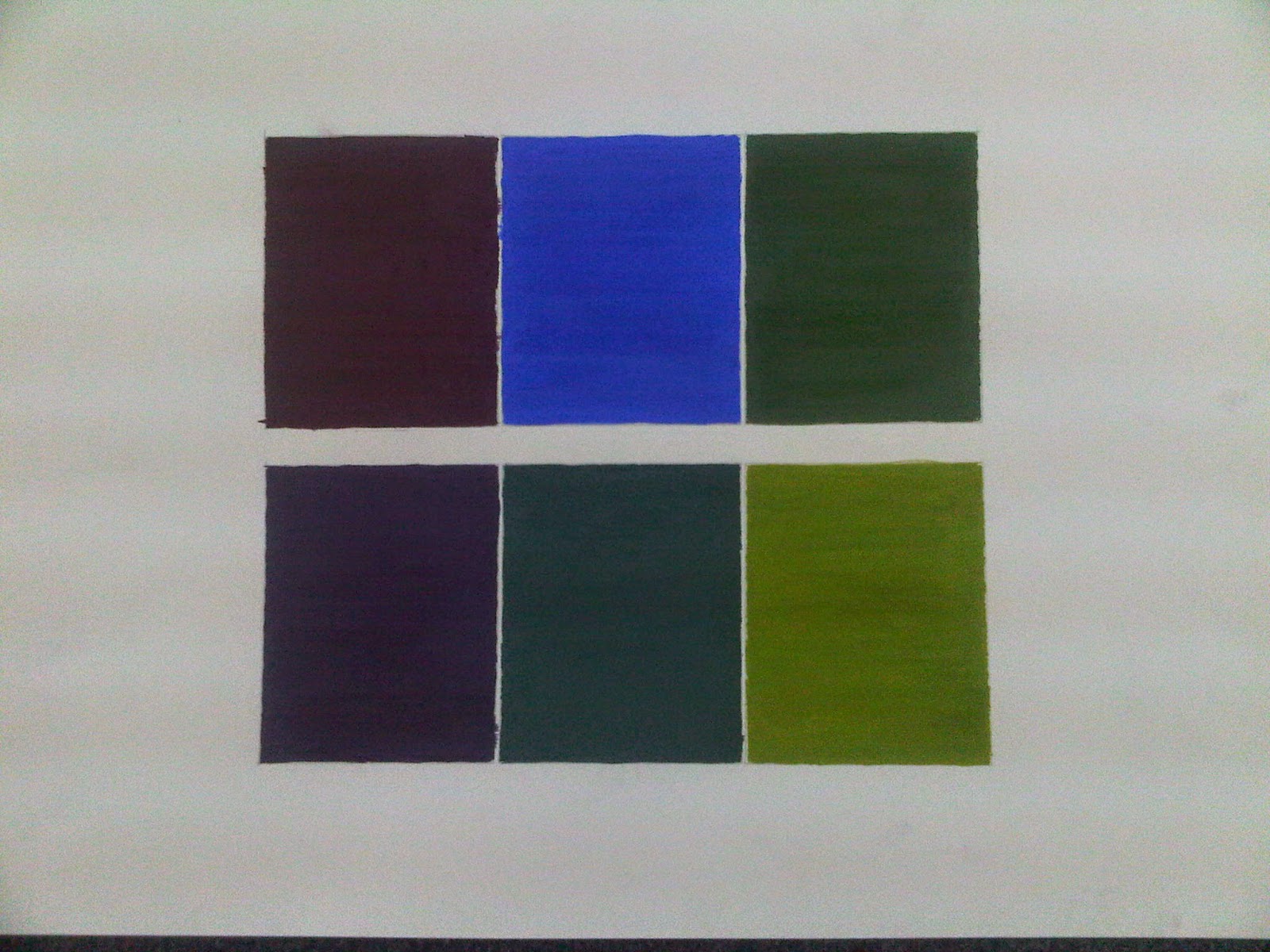Arranging the polkadots
Sticking the polkadots
Done!
This is the shirt I have designed. We are given many themes for example Punky, Sporty, Retro, Vintage and Haute Couture. I decided to choose Retro as my theme for the shirt design. I choose Retro because it is nice and more interesting.
The concept and idea I use in this shirt is simple and classic. I designed some medium and small dot to make it look classic and retro.
I use the yellow colour for the shirt because yellow represented positive and cheerful. I use yellow because I am always positive and aim high. I use this kind of yellow because it can give us the retro feeling. For the second colour, I use blue and violet colour. Blue colour because it show confident and calm. Violet colour because it show passion and dignity. The other reason I use blue and violet is because it looks very good when it combine with yellow colour.
The type of shirt I use is cotton because cotton is good and really comfortable to wear. Beside, cotton is also easy to find and have a affordable price.
To conclude, this is the Retro shirt that I have designed. This shirt is good and suitable for every people at different ages.

















































